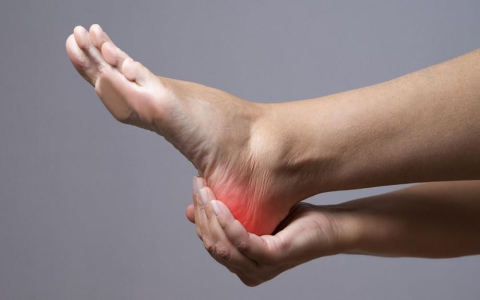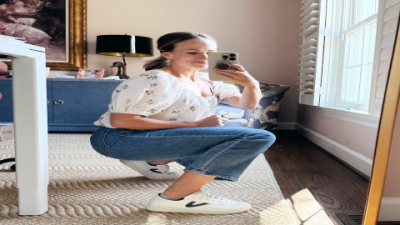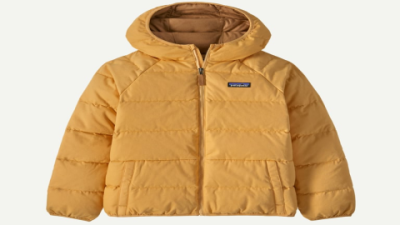There’s something about slipping on a brand new pair of shoes that just feels exciting—until you realize they’re making your arches ache like crazy. If you’ve ever wondered, “Why do new shoes hurt my arches?” you’re definitely not alone. It’s a surprisingly common problem and can really put a damper on your day, especially if you were looking forward to showing off those fresh kicks. But don’t worry, there are ways to ease that pain and enjoy your shoes without wincing every step you take.
So, why do new shoes hurt your arches in the first place? Well, a big part of it is that new shoes are usually stiff. Think about it—leather or synthetic materials don’t just magically mold to your feet overnight. When you first wear them, they can feel rigid and unyielding, which means your arches get squeezed or rubbed the wrong way. It’s like trying to walk with a rock under your foot. Ouch.
Another thing is the fit. Sometimes shoes are made to fit a “standard” foot shape, but our feet are anything but standard. If the arch support is too high, too low, or just not in the right place, your foot ends up working overtime to compensate, which leads to pain. And if your feet swell during the day (which they do—especially after a long walk or standing around), that snug fit suddenly feels like a trap, increasing friction and discomfort.
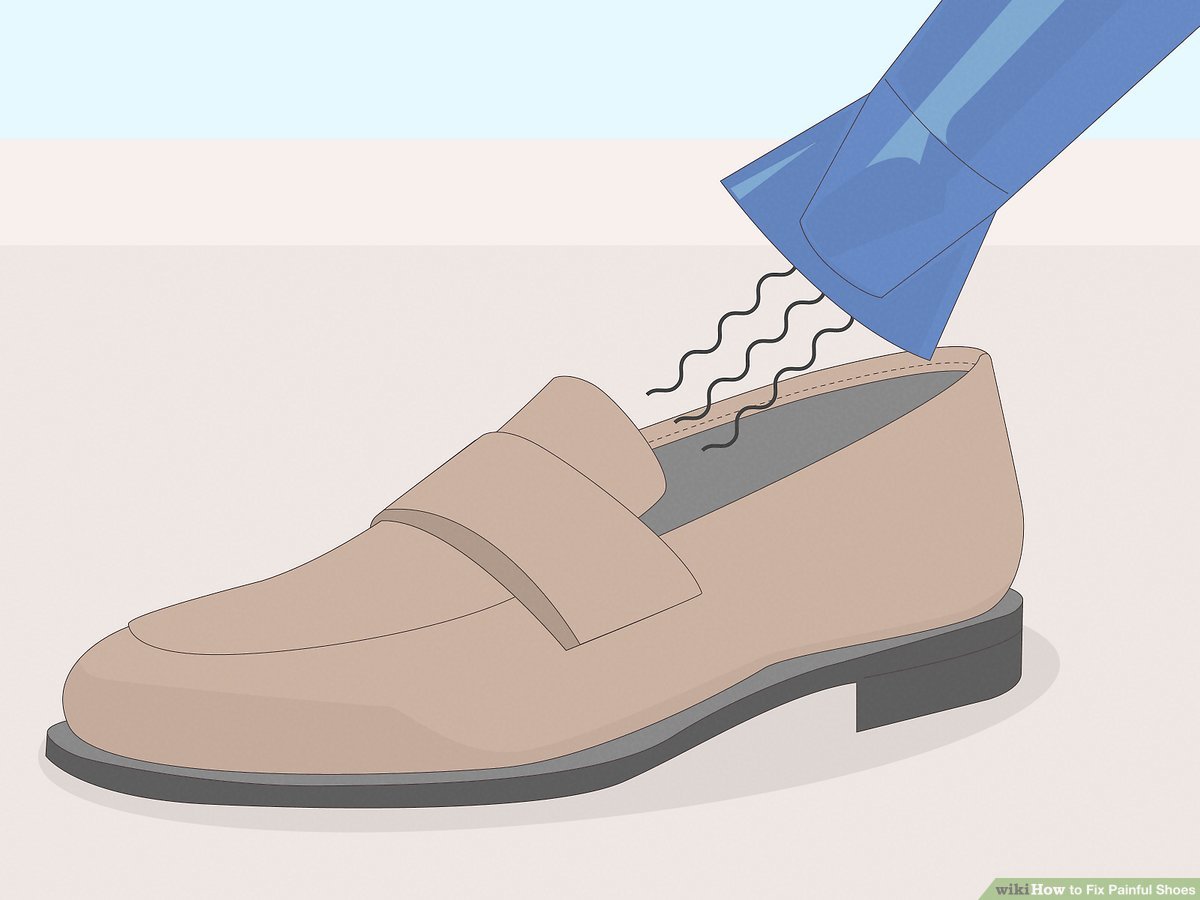
Oh, and let’s not forget about foot types. If you have flat feet, high arches, or tend to overpronate (your foot rolls inward when you walk), new shoes that don’t match your foot’s needs can quickly turn into a nightmare. Your arches bear the brunt of that mismatch, and it’s no surprise they start hurting.
So, what can you do to stop the pain fast? The first thing that helped me was breaking in the shoes slowly. I used to make the mistake of wearing new shoes all day right out of the box, and my feet paid the price. Instead, try wearing them for short bursts—like minutes to an hour inside the house—and gradually increase the time. This gives the shoe material a chance to soften up and your feet time to adjust.
Also, it’s worth paying attention to your arch type when buying shoes. If you’re unsure, there are simple ways to check—like the wet test, or better yet, get a professional fitting at a running store or podiatrist’s office. Flat feet usually need firm arch support, while high arches benefit from cushioned, flexible soles. Wearing the wrong shoe for your foot shape is like trying to fit a square peg in a round hole.
Another lifesaver? Arch support inserts. I started using silicone gel insoles, and it made a world of difference. They add that extra cushion and help spread out the pressure so your arches don’t feel like they’re carrying the whole weight of the world. Plus, moisture-wicking socks can reduce friction and keep your feet dry, which helps prevent blisters and irritation.
Don’t underestimate the power of foot care either. Keeping your feet moisturized keeps the skin soft and less prone to cracking or blistering. And stretching your calves and foot muscles regularly can build strength and flexibility, which helps your arches cope better with new shoes.
Now, if you’re already stuck with aching arches, there are some quick fixes you can try. Plasters on the hotspots can protect your skin from further rubbing. Baby powder inside the shoes helps keep things dry and reduces friction. Some people swear by applying clear deodorant on the rubbing areas—it sounds odd, but it creates a slick surface that cuts down on irritation. And don’t forget the magic of ice packs— to minutes after a long day in painful shoes can reduce swelling and numb the pain.
One trick I personally love is rolling a tennis ball under my foot. It’s like a mini massage that loosens up tight muscles and eases tension in the arch. Doing this for a few minutes daily can make a noticeable difference.
But hey, if the pain sticks around and just won’t quit, it might be time to see a professional. Persistent arch pain could be a sign of something more serious, like plantar fasciitis or tendonitis. A podiatrist can take a closer look, recommend custom orthotics, and guide you through exercises or treatments that actually fix the problem instead of just masking it.
Here are some quick answers to common questions I often hear:
Q: Do all new shoes hurt your arches?
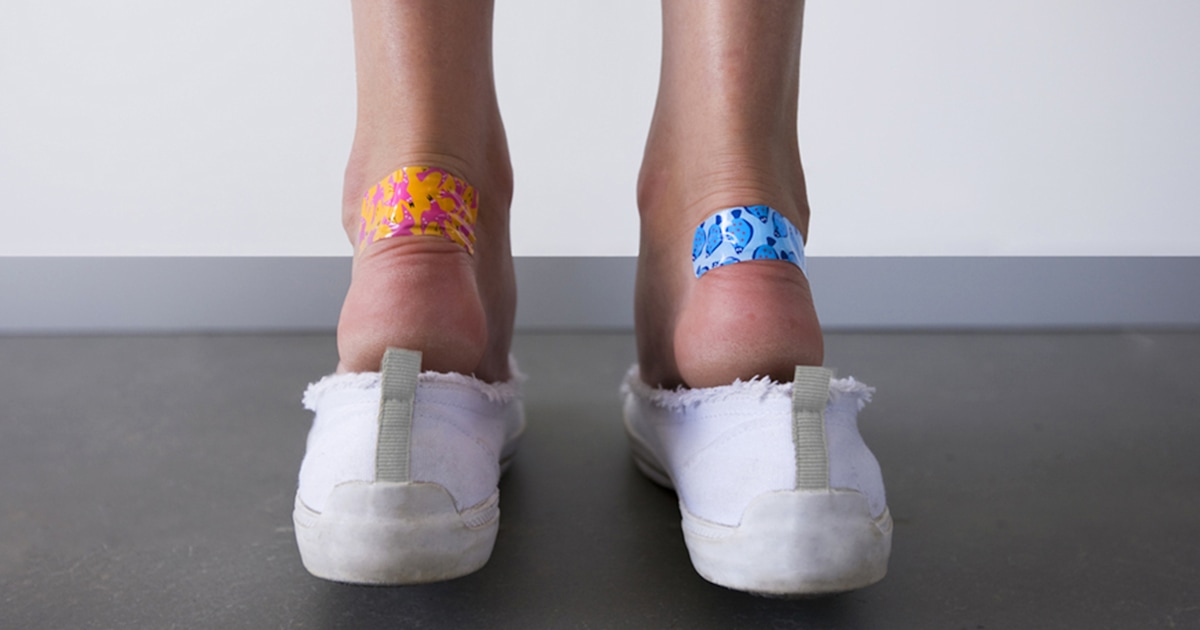
Not necessarily. Some shoes are designed with comfort in mind and flexible materials that don’t pinch or rub. But many shoes do need a break-in period, especially if they’re made of stiff leather or have firm arch support.
Q: How long does it take to break in new shoes?
It varies. For some, a few days of short wear is enough; for others, it can take up to two weeks. Patience is key.
Q: Can arch pain from new shoes cause lasting damage?
If ignored, yes. Chronic pain can lead to inflammation and more serious foot conditions. That’s why it’s important to listen to your body and take action early.
Q: Are orthotic inserts necessary for everyone?
Nope. But if you have structural issues or persistent pain, they can be a game-changer. It’s best to get them fitted professionally.
Q: What shoe features help prevent arch pain?
Look for good arch support suited to your foot type, cushioned midsoles, proper fit with enough room for your toes, and breathable materials.
To sum it all up, new shoes hurting your arches is frustrating but fixable. It’s about understanding your feet, choosing the right shoes, and giving your feet time and care to adjust. Don’t rush the process—your feet will thank you. And if the pain doesn’t go away, don’t hesitate to get expert advice. After all, happy feet make for a happy you.

